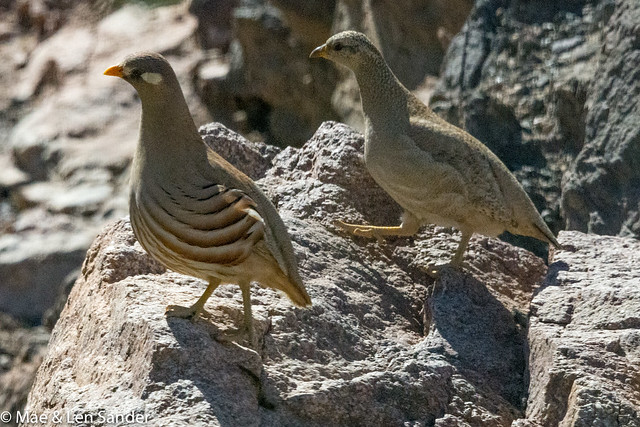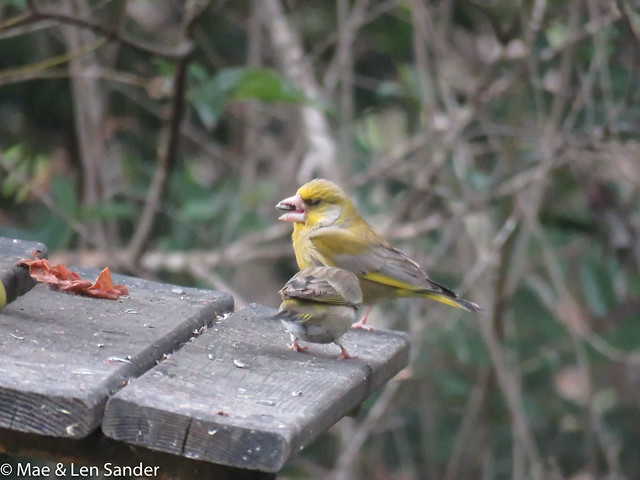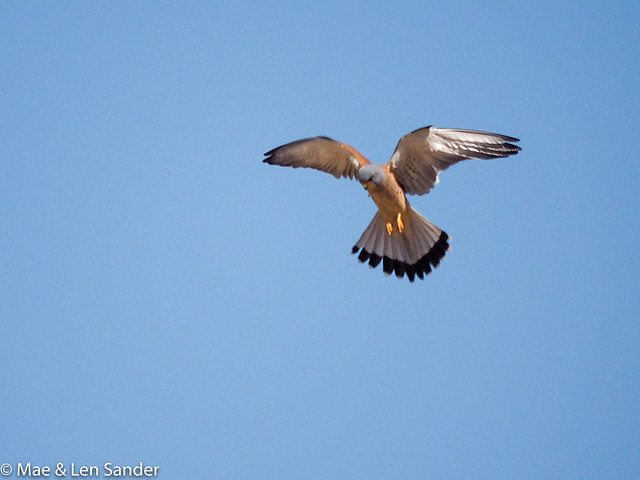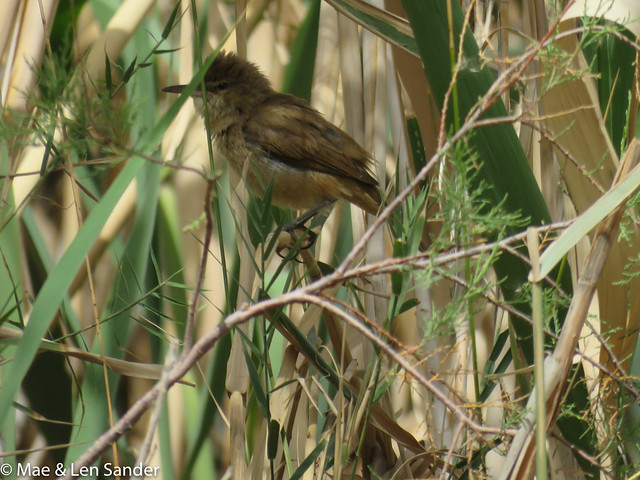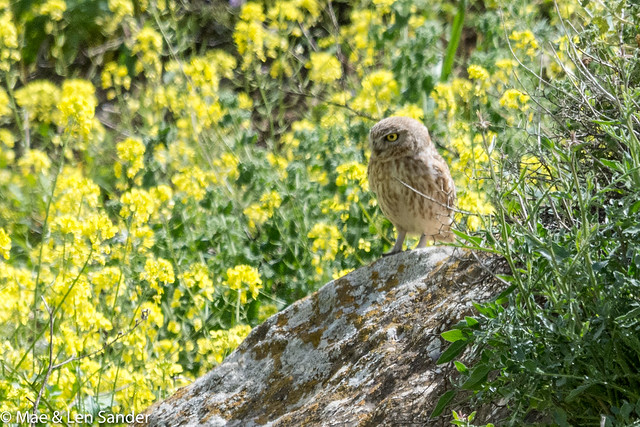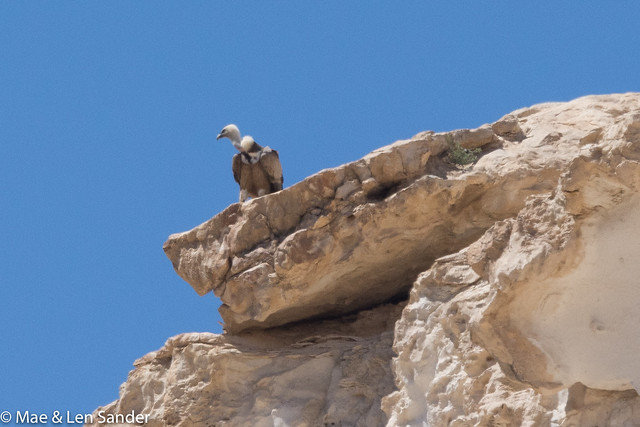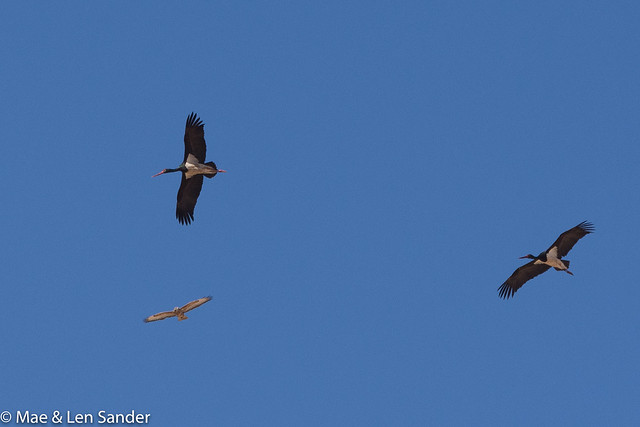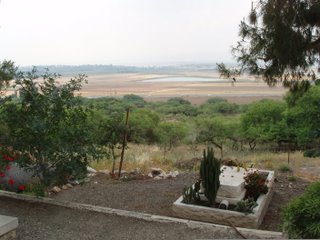The Passover Seder is a ritually defined meal that includes several symbolic foods, but also a number of traditional foods that have no religious significance. The ritual foods are served on a special plate, like the one above, and play a role in the ceremony. Traditional foods are not required, but they have become so much a part of the Passover meal that they feel obligatory too. These foods include, especially, gefilte fish, matzoh ball soup, roast meats and vegetables, and several types of sweets and unleavened pastry.
We had an early Passover meal at Elaine and Larry’s house Wednesday night (because we plan to be on the road by the correct date, Friday.) For the benefit of one of Elaine’s friends, and for anyone else who is interested, here are some of the traditional foods in photos from this year and other years, also including some of the required ritual foods.
Dessert First
Let’s start with the sweets! Passover desserts are very special because they must be made without flour, yeast, or other rising agents. Remember this is the holiday of unleavened bread, memorializing the hasty departure of the Hebrew slaves that Moses, his brother Aaron, and his sister Miriam, led out of Egypt, carrying their unbaked dough which turned into matzoh — one of the ritual foods. Every family has some recipes for Passover tortes made only from eggs, almond meal, and other flavors, but with no flour or leavening.
Commercial Passover sweets are also a favorite food, and here are two that most of us remember from childhood. First, candy slices made out of fruit jelly. Here is a large box of them that we enjoyed last year:
The second commercial Passover treat is macaroons, made from coconut and almond flavoring. and sometimes other flavors like chocolate chips. We enjoyed the plain traditional version from the Manischewitz food company at our early Passover dinner Wednesday night. Commercially prepared foods that followed Jewish traditions and ritual laws became popular in the early twentieth century, and became even more important in the 1950s.
Matzoh Ball Soup, Matzohs, and the Seder Plate
 |
| A bowl of matzoh ball soup that we ate at Elaine’s. This is one of the most iconic Passover foods, so much so that it figures in many jokes. |
 |
| Beating the eggs for the matzoh ball dough, which is boiled like dumplings. |
If you want to make matzoh balls, buy a box of Manischewitz matzoh meal (not matzoh ball mix), and follow the recipe on the box. Matzoh meal is made from ground-up matzohs, so it doesn't contain any leavening. Passover traditions include many other recipes for foods made from matzoh and matzoh meal, which were required by families who observed the 8-day traditional abstention from leavened bread and other leavened products; our family did not extend the celebration beyond just the Seder meal.
 |
| Matzohs, commemorating the unleavened bread, are the central food of the Seder. Along with them, are the ritual foods on a plate. |

The Seder plate at Elaine’s this year.
An orange on the plate is a 20th century addition,
expressing the right of women to play a central role.
 |
| From last year’s seder: gefilte fish and hard-boiled eggs on one plate, and a bowl of charoset or charoses. |
The Haggadah, seen in several of these photos, is the book containing the ritual and guide to the holiday; the contents and illustrations vary from edition to edition, but the central text dates from around 1000 years ago.
Wine
The Seder begins with a blessing over a cup of wine, and drinking this cup of wine. A discussion of the wine would require another long blog post. After the first cup of wine, each of the ritual foods on the Seder plate then has its own blessing, and the foods are eaten in small amounts. In the course of the Seder, the participants each drink four cups of wine, sometimes adding a fifth cup at the end of the meal, in memory of the six million victims of the Holocaust. Depending on how closely you follow the reading of the Haggadah and the symbolic consumption of the special foods, the meal is served somewhere between 10 minutes and several hours after the ritual begins. At the end of the evening, a symbolic cup of wine is set out on the table, and the door to the house is opened, to invite the prophet Elijah to arrive in the world and announce the coming of the Messiah.
Blog post and photos © 2018, 2021, 2022 mae sander.











